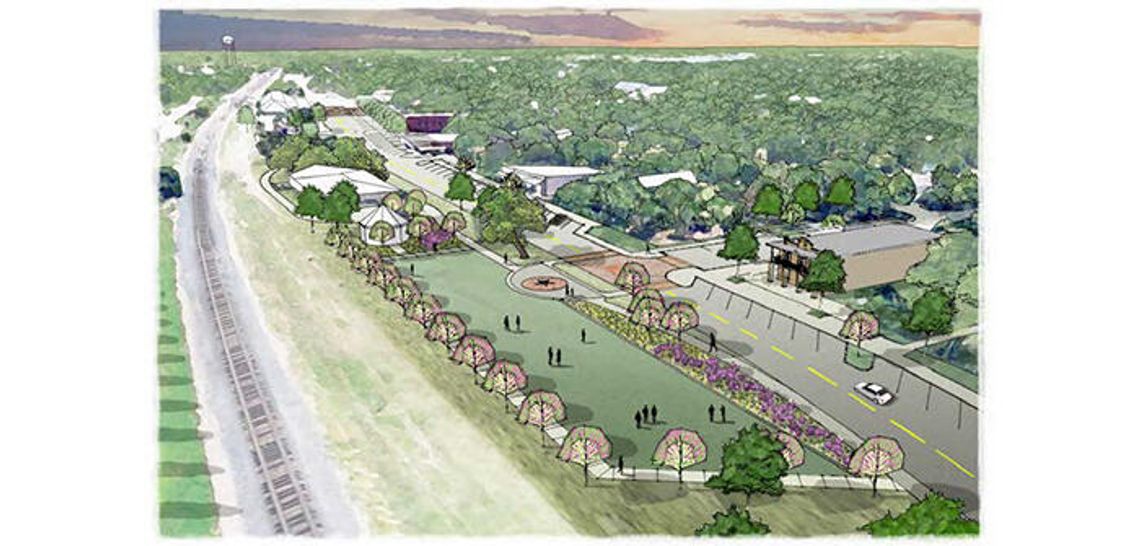A possible city pool, feasibility study for a convention center and perhaps lighting at the Buda sportsplex were all ideas in a five-year Capital Improvement Project list, which was presented to the Buda Planning and Zoning Commission May 23.
Micah Grau, Buda assistant city manager, and John Nett, city engineer, presented the various CIPs that could be pursued over the next 5 years.
Grau said Sports Complex field lights, which was part of the Parks and Recreation Department CIP, has an estimated price tag of $400,000. However, he said the funding project was tied to House Bill 1300, which would have allowed municipalities to allocate hotel occupancy tax (HOT) funds for sports related uses.
While the bill passed the Texas House of Representatives, it did not go for a vote in the Texas Senate prior to Sine Die Monday.
Grau also alluded to alternate funding sources for the project, such as the parks development fee charged to developers coming in to Buda who opt out of developing existing parkland in Buda.
An aquatic center feasibility study was also included in the CIP presentation and was projected for fiscal year 2022. The study is estimated to cost $75,000.
A possible aquatic facility would cost approximately $3.8 million, which includes the study and construction of the facility.
Grau said the need for the feasibility study is to access operational costs of a facility, as well as a possible location for a centralized aquatic center.
“This project could potentially be a part of a future bond election,” Grau said.
Grau also discussed a current fiscal year CIP project through the Buda Economic Development Corporation for a convention center feasibility study.
Economic Development Corporation (EDC) Executive Director Ann Miller confirmed that the multi-phased feasibility study is projected to be complete around the end of July with a total price tag of $30,000.
“The first phase was the longest and most expensive at $18,000,” Miller said. “The subsequent 3 phases are $4,000 each and will take about seven weeks to complete.”
Miller said inspiration behind the convention center study came when three different developers approached the city over a nine-month period with plans to fund and construct a convention center.
“Instead of letting a developer determine if we do this project and how it’s paid for, we decided to do the feasibility study and educate ourselves on the topic,” Miller said. “It basically puts the power in our hands and takes it out of the developers’.”
While Miller said the feasibility study does address competition between municipalities as a factor, the real driving force was the influx of developers.
“We haven’t really thought about what’s happening in Kyle,” Miller said regarding the idea of the city of Kyle surveying residents about the need for a convention center.
Miller said the EDC will present the findings to the city council after the study is complete. Residents will have a chance at that time to voice their opinions or concerns about the proposal and decide whether they want the EDC to pursue the project or not.
“It doesn’t mean it’s going to happen,” Miller said, “But it means that we have educated ourselves and can move forward if the city wants to make it happen.”
Grau said staff will request a formal recommendation for CIP projects from P&Z in June to take to the city council for adoption.
Buda city leaders will adopt a budget and a CIP in September.











